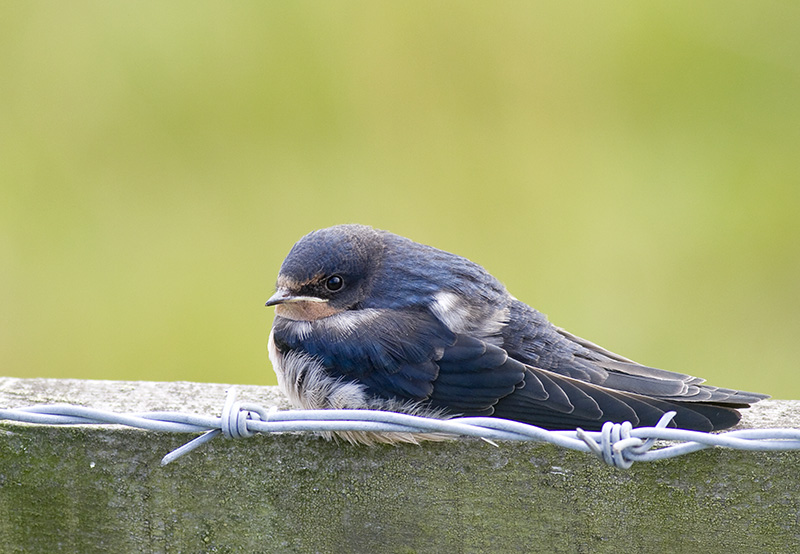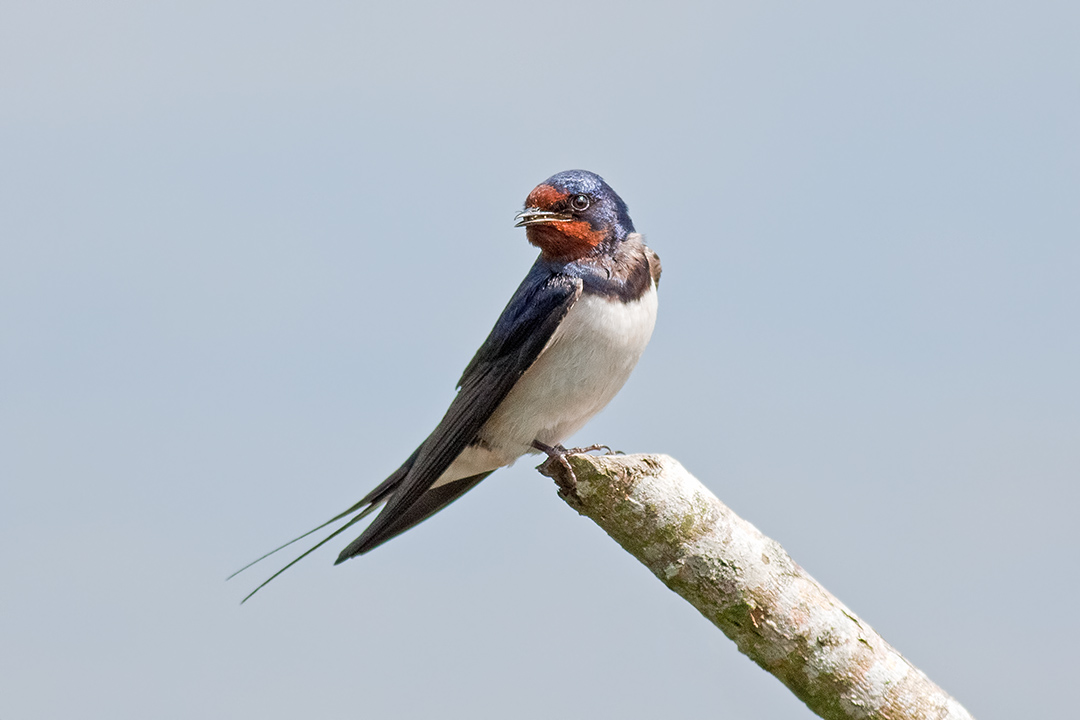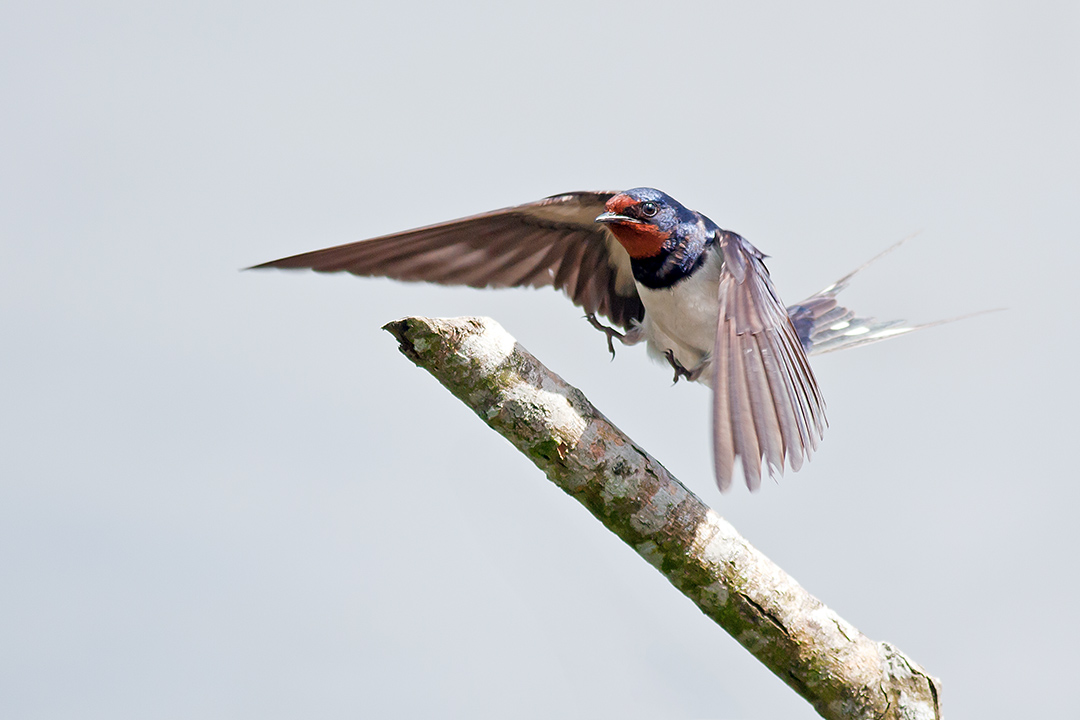perdidochas
New member
What are some good methods for photographing swallows?
I have a Canon EOS Rebel T5, with the 55-250 AF-S telephoto zoom.
I have a Canon EOS Rebel T5, with the 55-250 AF-S telephoto zoom.







I managed to take these photos with my SX60 superzoom:I believe this one was taken with a superzoom camera: http://www.birdforum.net/opus/images/d/d3/Blue-and-white-Swallow-P107.jpg

Persistence. Find a big swarm and shoot away and with luck you'll get a keeper or two--
https://www.flickr.com/photos/fugl/13947823980/in/album-72157602221849079/
https://www.flickr.com/photos/fugl/14168929703/
https://www.flickr.com/photos/fugl/17085028779/in/album-72157602221849079/

